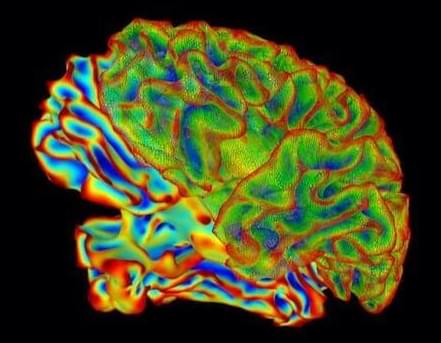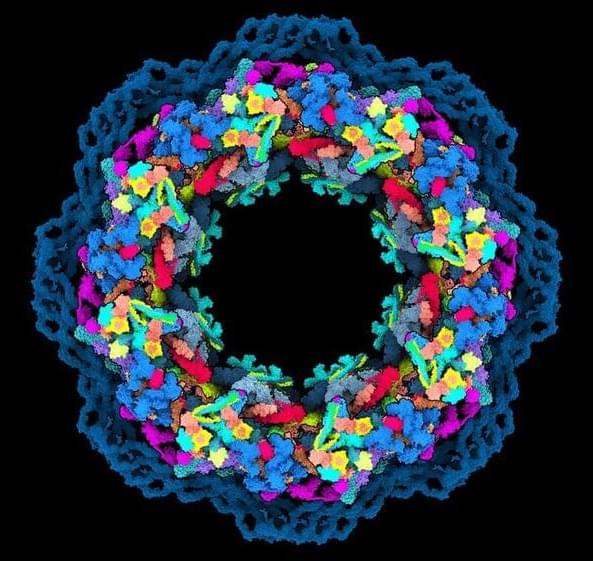This is what we are experiencing over the next ten years in the near vertical rate of change. We are in these last stages of these changes where we can shape this future into the flowers analogy. The confluence of environmental, social, biological, physical, digital-inspired, technological, quantum-infused, cosmological, creator culture; an endless list. All significantly transforming our lives. We are in the time where creativity, innovation, intuition, imagination, inspiration, purpose, meaning can be driving us.
What we are experiencing forms my top 10 omni wishes for 2022 that will have outsized impact on our lives.
Top Ten Omni Wishes.
Full Story:
I work pro bono daily across communities of more than 100,000 CEOs, investors, authorities/experts/scientists, and thought leaders. From insights gained in this work, I’m providing my top ten omni (multiple sector) wishes for 2022 that will have exponential impact.
Inline with the theme of this article and while writing this article, I’m experimenting with a new A.I. writing tool based upon OpenAI and GPT-3 from Sudowrite.







